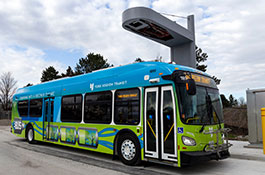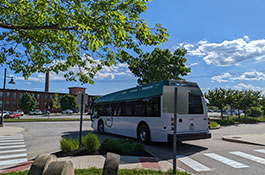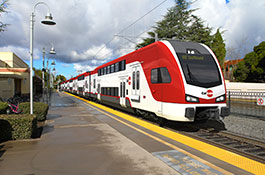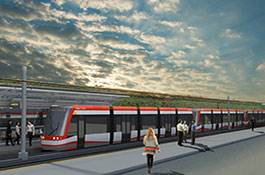
WMATA Planned and Unplanned Track Outages
Developing a playbook for scheduled and unscheduled maintenance on DC's Metro system
Washington Metropolitan Area Transit Authority | Washington, DC, USA | 2013-2014
In service since March 1976, Metro has expanded from one line to the second busiest heavy rail network in the US.
Leveraged TrainOps® software to optimize maintenance operations and reduce impact to ridership.
Created effective strategies to manage overcrowding issues per station during unplanned outages.
Challenges
- As ridership grew, WMATA needed to maximize the productivity of its maintenance staff and outside contractors, while minimizing disruption to service.
- When unplanned outages occur, intense demand for rail service make emergency single-track operation challenging because of passenger volume.
- WMATA needed to be able to efficiently mobilize maintenance operations without significantly impacting its approximately 182 million annual riders.
Solutions
- Collaborated with WMATA to develop a Rail Operations Construction Work Windows Playbook to optimize time and geographic range of track outages for construction and maintenance.
- Used the proprietary simulation software, TrainOps®, to model train performance, infrastructure, and WMATA’s automatic train control system.
- Developed operationally feasible work windows to close specified track operations for planned outages.
- Outlined and compiled planned and unplanned outage strategies into a Red Line Rail Controller Playbook, with operational responses tailored to the capacity of each in-service, single-track segment between interlockings.
Highlights
- Used Work Windows Playbook scenarios to maximize operational reliability and minimize inconvenience to passengers during construction.
- Utilized Rail Controller strategies to minimize overall Red Line customer travel time (optimizing passenger safety by reducing crowding on the platform) while maximizing system on-time performance.
- Developed Rail Controller strategies to manage unplanned outages and maximize system on-time performance.
- Scenarios include both alternating of trains in each direction and “fleeting” of trains (two at a time in each direction), increasing passenger-carrying capacity through the single-track section.
Project numbers
91Metro stations118route-miles of track
50miles of underground track
1318年railcars
How we can help you
If you have a problem that needs to be solved, please get in touch.
Related Projects

Technical Advisor for Electric Bus and Infrastructure Loans
York, Ontario, Canada

MaineDOT Bus Electrification Project
Maine, USA

Caltrain Modernization Project
San Carlos, CA, USA

